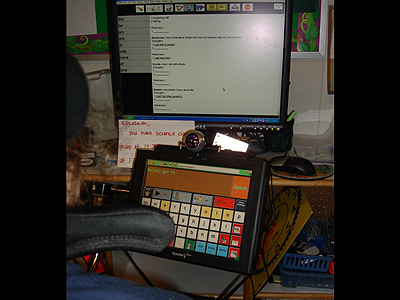Activity 1: How I see Myself; How I see You
Learning about yourself: Students identify strengths and weaknesses in five key areas.
Purpose
Students gain experience recognizing and identifying their own strengths and weaknesses in five areas: Physical, Mental, Emotional, Social, Beliefs. Students receive feedback from their mentors regarding their strengths in the five areas.

Activity
Students are given elaborated descriptions of each of the five areas with examples provided. Mentors complete the worksheet ahead of time and share their responses with the mentees as a way to model the process and give more tangible examples. The mentees then complete the “How I See Myself” worksheet, checking in with their mentor if they need additional assistance in any of the five areas.
While the students are completing their own worksheets, the mentors are completing the “How I See You” worksheet in which they are asked to identify only the strengths of the student and not the weaknesses.
Once the student and mentor have completed the worksheet, they come together to share their responses, discussing areas where they have similar responses and areas where the responses differ. The goal is not for them to necessarily be in total agreement but for the student to have an opportunity to articulate about themselves, know that they have been heard and to gain insight about themselves from the perspective of their mentor.
Adaptations
For student’s access, visually and/or auditorally, to the “How I See Myself” worksheet, it is made available in a text-to-speech word processing program. Students are then able to type responses directly into the answer fields on the form using alternate input methods (e.g. Speech Generating Device, Alternate Keyboards) or students can use partner-assisted strategies with communication boards to dictate their responses. During the discussion portion of the activity, students can generate their responses using their communication devices, or they can use partner-assisted strategies with communication boards.



